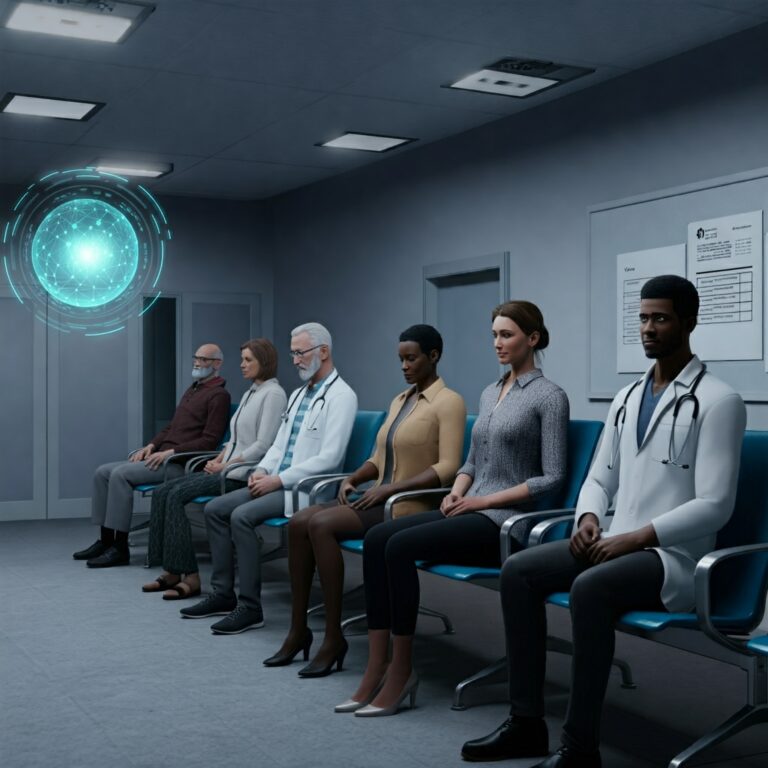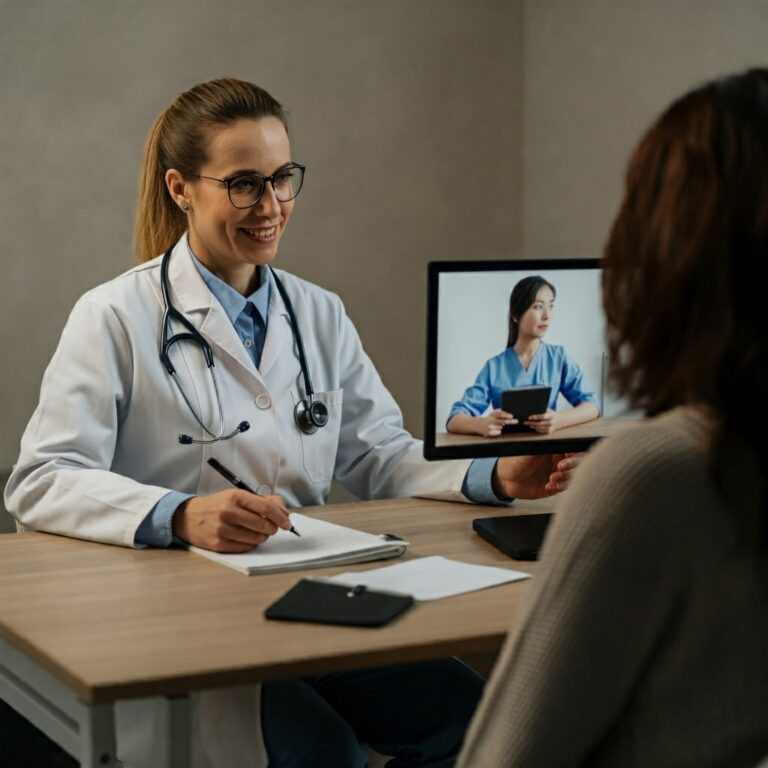The Data Dilemma: Why RPM-EHR Integration is Critical for Telemedicine’s Survival
(Date: October 26, 2000)
The dawn of the new millennium has ushered in an era of unprecedented technological advancement, and few sectors are experiencing this transformation as profoundly as healthcare. Telemedicine, once a futuristic concept, is rapidly gaining traction, promising to revolutionize how medical care is delivered. However, amidst the excitement and potential, a critical challenge looms: the efficient and effective integration of remote patient monitoring (RPM) data with electronic health records (EHR). This “data dilemma,” if left unaddressed, could stifle telemedicine’s growth and hinder its ability to deliver on its transformative promise.
Telemedicine: Reshaping the Healthcare Landscape
Telemedicine encompasses a broad range of technologies that facilitate the delivery of healthcare services remotely. From video conferencing for virtual consultations to remote monitoring of vital signs, telemedicine offers the potential to overcome geographical barriers, improve access to specialists, and reduce healthcare costs. In 2000, this burgeoning field is still in its nascent stages, but its potential is undeniable. Imagine rural communities gaining access to specialists hundreds of miles away, chronically ill patients receiving continuous monitoring in the comfort of their homes, and physicians collaborating across continents to share expertise and improve patient outcomes. These scenarios, once considered science fiction, are quickly becoming reality.
The Rise of Remote Patient Monitoring
Within the broader field of telemedicine, RPM is emerging as a particularly powerful tool. By utilizing wearable sensors, home monitoring devices, and sophisticated data transmission technologies, RPM allows clinicians to track patients’ vital signs, activity levels, and other key health indicators remotely. This continuous stream of data provides valuable insights into a patient’s condition, allowing for early detection of potential problems, proactive interventions, and personalized treatment plans. For patients with chronic conditions like diabetes, heart failure, and COPD, RPM offers the promise of improved disease management, reduced hospitalizations, and enhanced quality of life.
The Data Dilemma: The Integration Imperative
The promise of RPM, however, is inextricably linked to its seamless integration with EHR systems. Currently, many RPM systems operate in silos, generating valuable data that is often inaccessible to the broader healthcare ecosystem. This lack of integration creates several significant challenges:
- Data Fragmentation: Patient data resides in disparate systems, making it difficult for physicians to gain a holistic view of a patient’s health status. This fragmentation hinders effective decision-making and can lead to medical errors.
- Workflow Inefficiencies: Manual data entry and reconciliation processes are time-consuming and error-prone, placing a significant burden on healthcare providers.
- Limited Clinical Utility: Without integration, RPM data cannot be easily incorporated into clinical workflows, limiting its usefulness for diagnosis, treatment planning, and ongoing patient management.
- Billing and Reimbursement Challenges: The lack of standardized data formats and integration with billing systems creates significant challenges for healthcare providers seeking reimbursement for RPM services.
Key Trends and Statistics
While the challenges are real, the telemedicine sector is evolving rapidly. Several key trends are shaping the future of RPM-EHR integration:
- Standardization Initiatives: Industry groups are working to develop standardized data formats and communication protocols to facilitate interoperability between RPM and EHR systems. HL7 (Health Level Seven International) is playing a key role in this effort.
- Emergence of Integration Platforms: Several companies are developing platforms specifically designed to bridge the gap between RPM and EHR systems, offering seamless data exchange and streamlined workflows.
- Growing Investment in Telehealth Infrastructure: Both public and private sectors are investing heavily in telehealth infrastructure, recognizing the potential of telemedicine to improve healthcare access and efficiency. This investment is driving innovation and accelerating the development of integrated solutions.
Although concrete statistics on RPM and EHR integration are limited in 2000 due to the nascent stage of these technologies, anecdotal evidence from early adopters suggests significant improvements in patient outcomes and cost savings. As more data becomes available, the value proposition of integrated RPM-EHR systems will become increasingly clear.
Recent Market News:
- Several leading EHR vendors are exploring partnerships with RPM companies to develop integrated solutions. This signals a growing recognition of the importance of interoperability.
- The American Telemedicine Association (ATA) is hosting a conference on the future of telehealth, with a focus on RPM and EHR integration. This event highlights the growing interest in this critical issue.
- The Center for Medicare and Medicaid Services (CMS) is considering expanding reimbursement for telehealth services, including RPM. This development could significantly accelerate the adoption of integrated solutions.
Summary: The Data Dilemma and Telemedicine’s Survival
The future of telemedicine hinges on the successful resolution of the data dilemma. Integrating RPM data with EHR systems is not merely a technical challenge; it is a strategic imperative. Without seamless data exchange, telemedicine will struggle to achieve its full potential. By embracing standardization, investing in integration platforms, and streamlining workflows, healthcare providers can unlock the transformative power of RPM and usher in a new era of patient-centered care. The data dilemma presents a significant challenge, but it also presents an enormous opportunity. Those who recognize this opportunity and act decisively will be well-positioned to lead the telemedicine revolution. The future of healthcare depends on it.
















